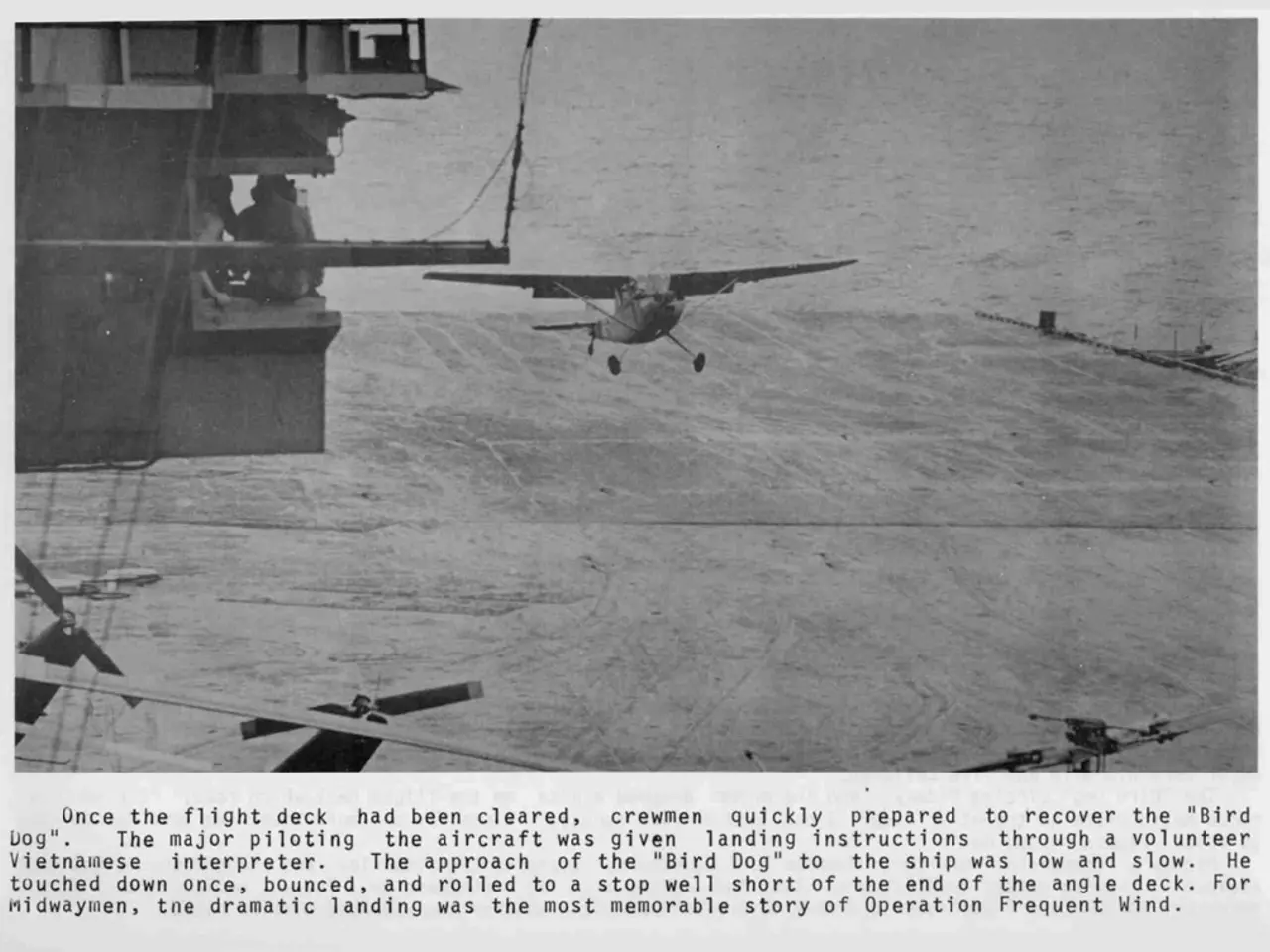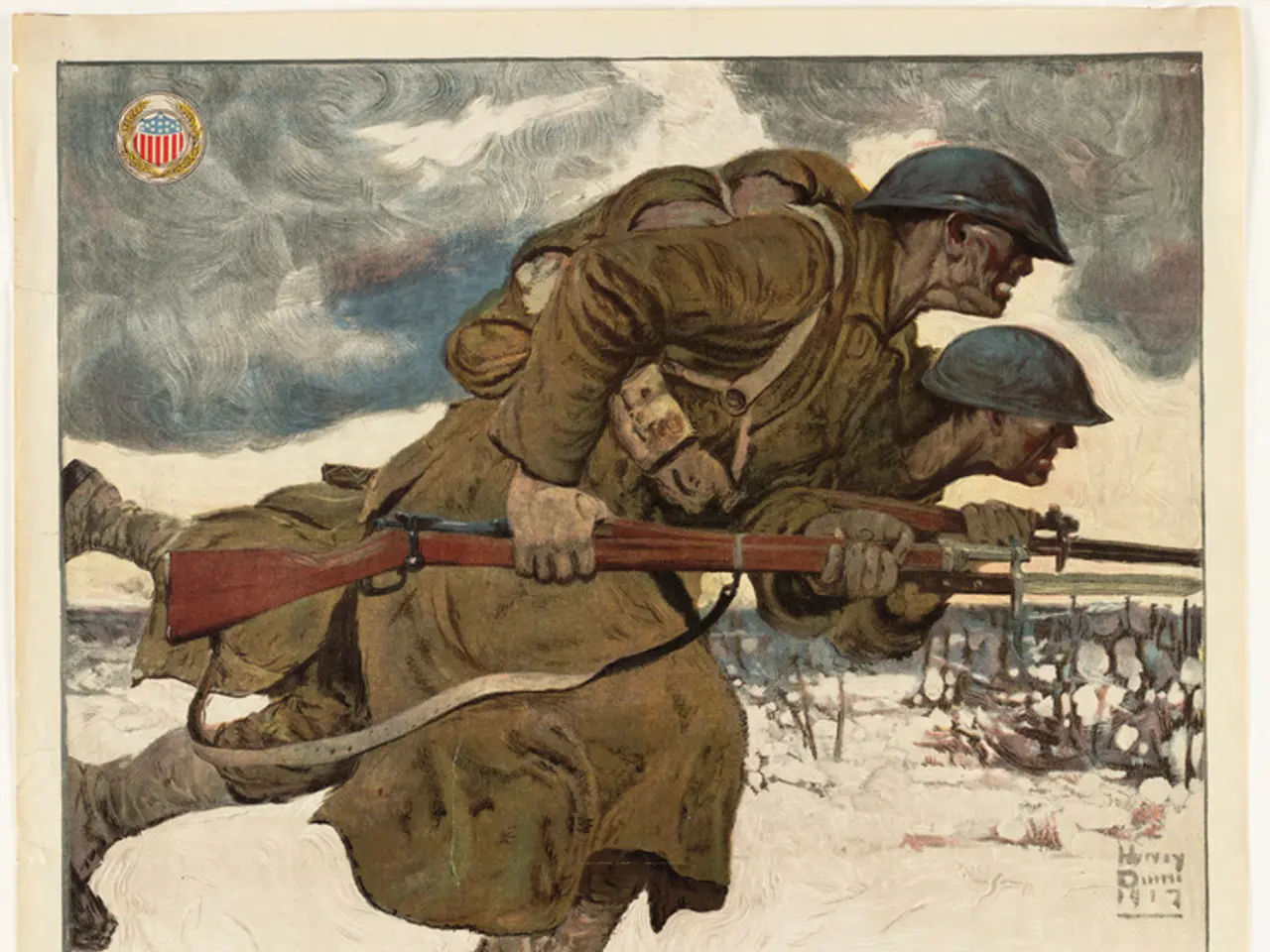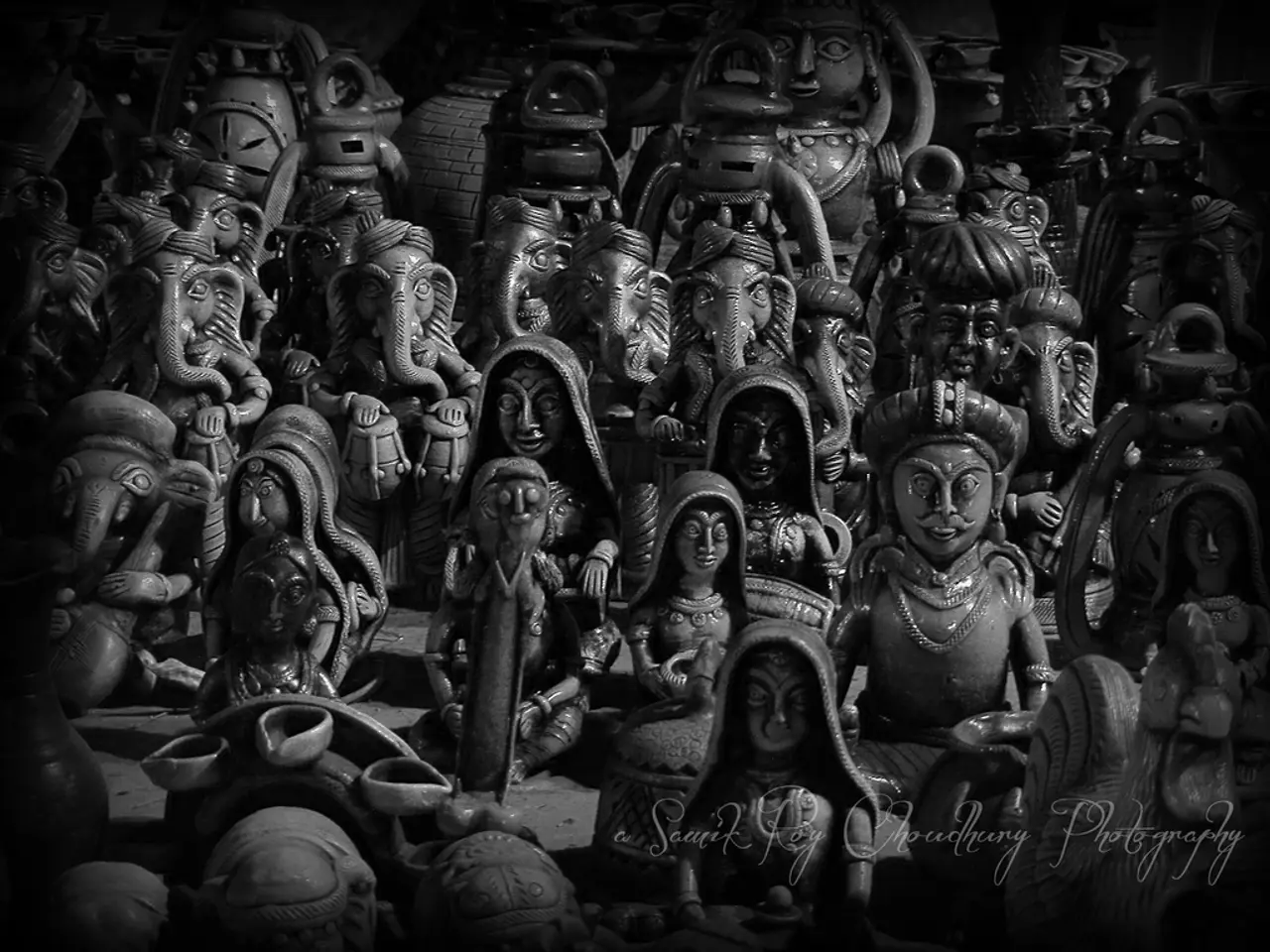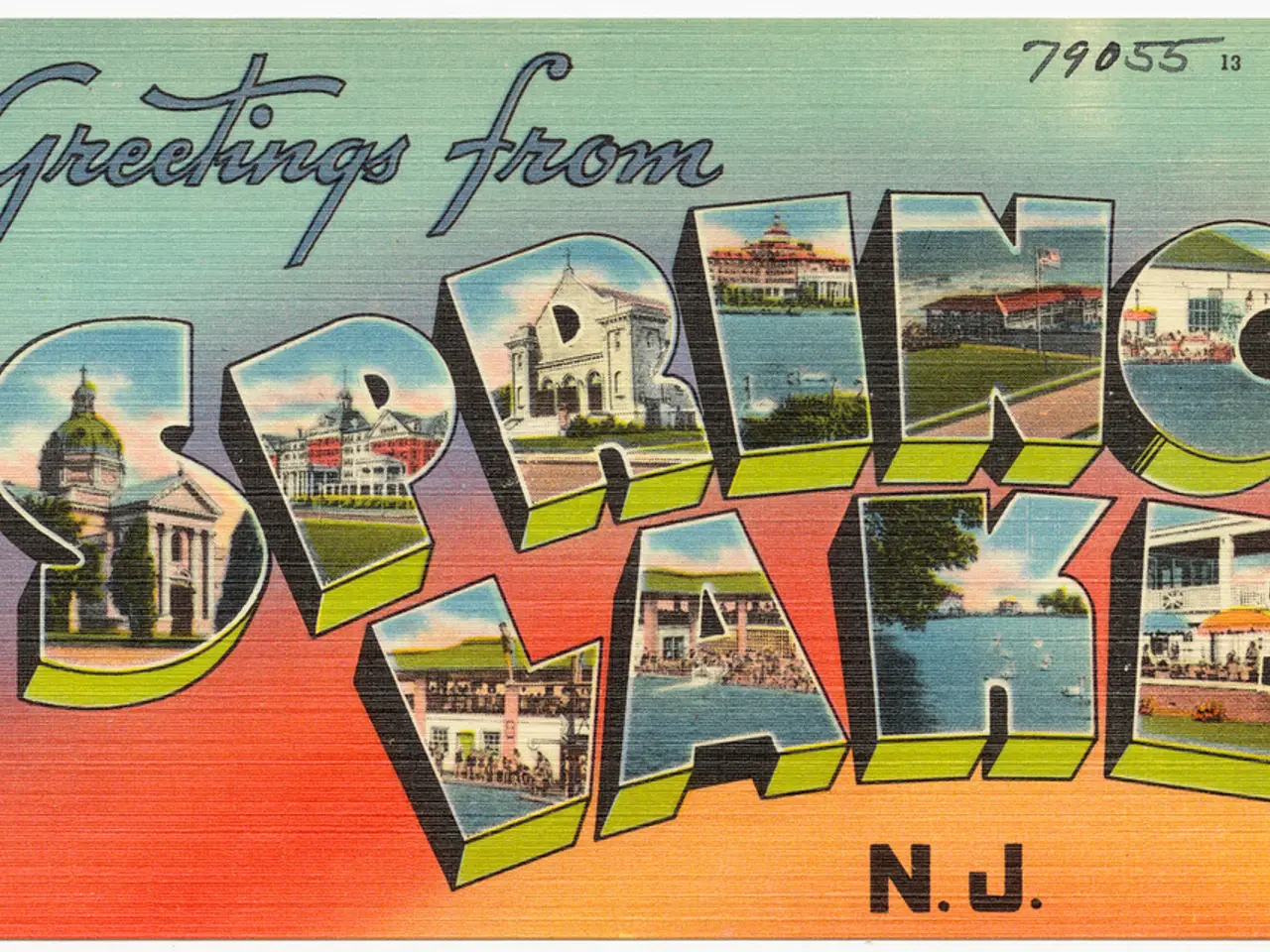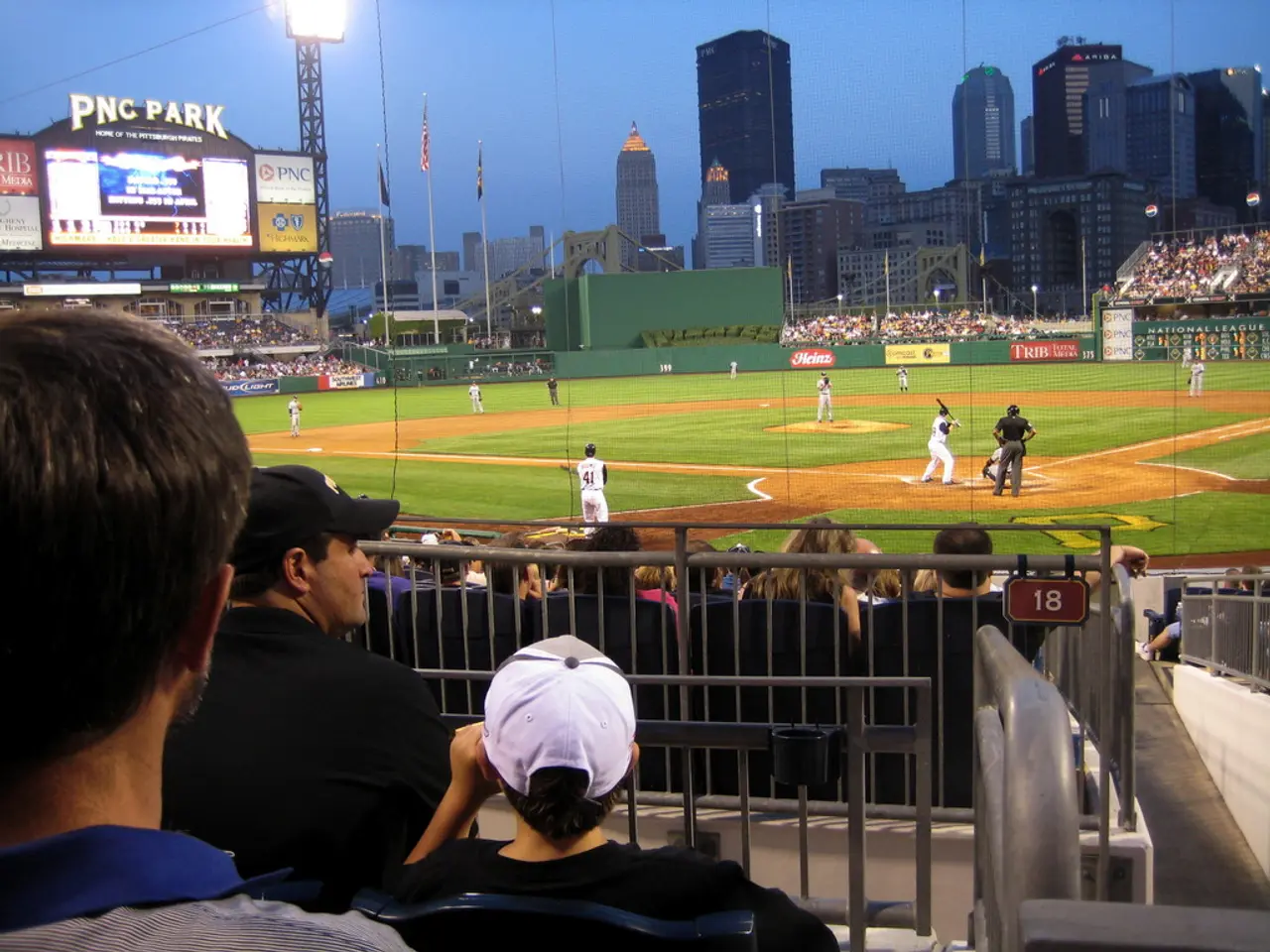Enduring a relentless, two-day flight in a B-2 stealth bomber.
In the aftermath of the 9/11 terrorist attacks, U.S. B-2 Spirit bomber pilots Melvin Deaile and Brian "Jethro" Neal embarked on a challenging 44-hour nonstop flight to Afghanistan, marking one of the longest B-2 operational missions in history.
**Challenges and Flight Experience**
The mission demanded meticulous timing for aerial refuelings, with pilots focusing on reaching rendezvous points at precise locations and times to avoid mission termination. The cramped 25-square-foot crew compartment presented physical and logistical challenges, including managing hydration, limited space, and a small toilet facility. Pilots also had to maintain vigilance for weather hazards to ensure safe navigation throughout the mission.
**Sleep Patterns and Endurance**
Despite the extreme duration, pilots had very limited sleep, managing the mission largely on just a few hours of rest supplemented by small snacks to maintain energy. The psychological and physical strain of such a mission was intense, with the pilots needing resilience to remain alert and effective for nearly two full days in the air.
**Refueling Procedures**
Aerial refueling was a critical lifeline for the B-2's global reach. Multiple refuelings were coordinated with tanker aircraft to continuously top off fuel tanks, allowing the bomber to remain airborne for the exceptionally long duration without landing. The entire flight was essentially planned around these refuelings, with checkpoints set to ensure the bomber met tankers at precise locations and times, underpinning the mission's success.
This October 2001 sortie set a record for the longest B-2 mission at 44.3 hours, a feat requiring exceptional pilot endurance, precise operational planning, and flawless execution of in-flight logistics like refueling and crew management.
During the mission, Deaile and Neal dropped a total of 16 Joint Direct Attack Munitions, each weighing about 900 kilograms. After their mission, they flew back to Missouri in a military transport aircraft, finding it more comfortable than their B-2 flight.
The B-2 Spirit bomber, costing around two billion U.S. dollars (1.7 billion euros), requires both crew members for takeoff, landing, bomb release, and refueling. Before takeoff, ground personnel provided a field cot for the rear of the B-2 bomber. The B-2 Spirit bomber received seven in-air refuelings during its two-day mission, requiring approximately 400,000 liters of JP-8 fuel. Flight doctors often gave pilots stimulants, known as "go pills," to stay awake during long flights.
This historic mission showcased the strategic capabilities of the B-2 Spirit stealth bomber, playing a pivotal role in the initial air campaign against Afghanistan following 9/11.
What were the challenges and sleep patterns endured by pilots Melvin Deaile and Brian "Jethro" Neal during the record-breaking 44-hour B-2 Spirit bomber flight to Afghanistan in October 2001, amid war-and-conflicts and general-news political developments? Despite the prolonged duration and physical strain, they managed the mission with limited sleep, a few hours of rest, and small snacks, all while navigating severe weather hazards, maintaining precision in refueling procedures, and managing the cramped crew compartment.
